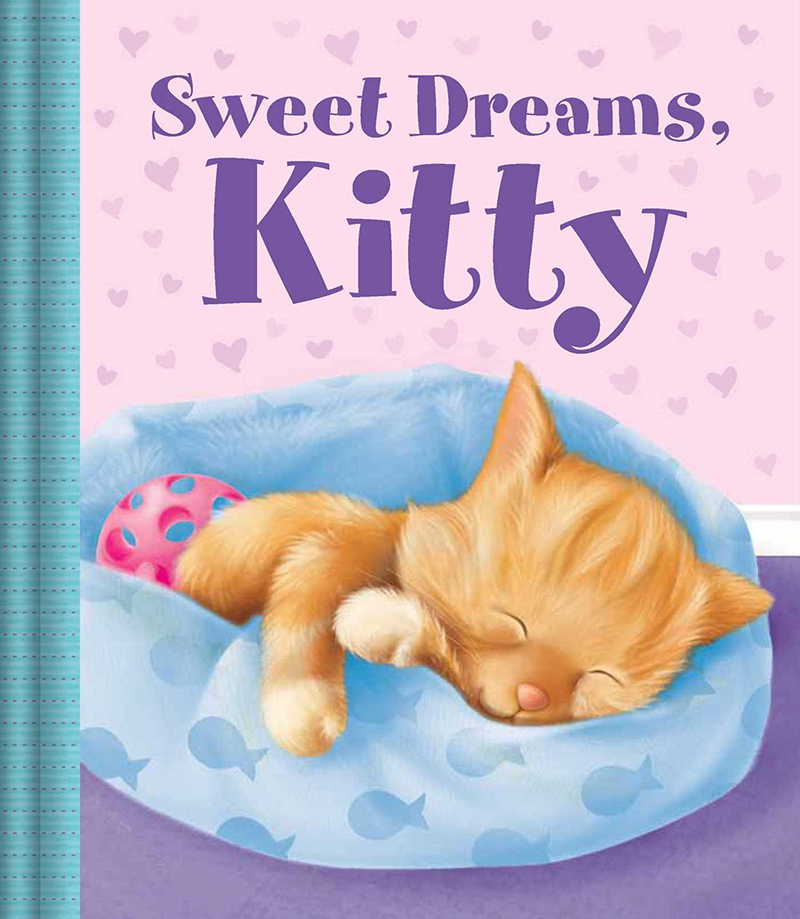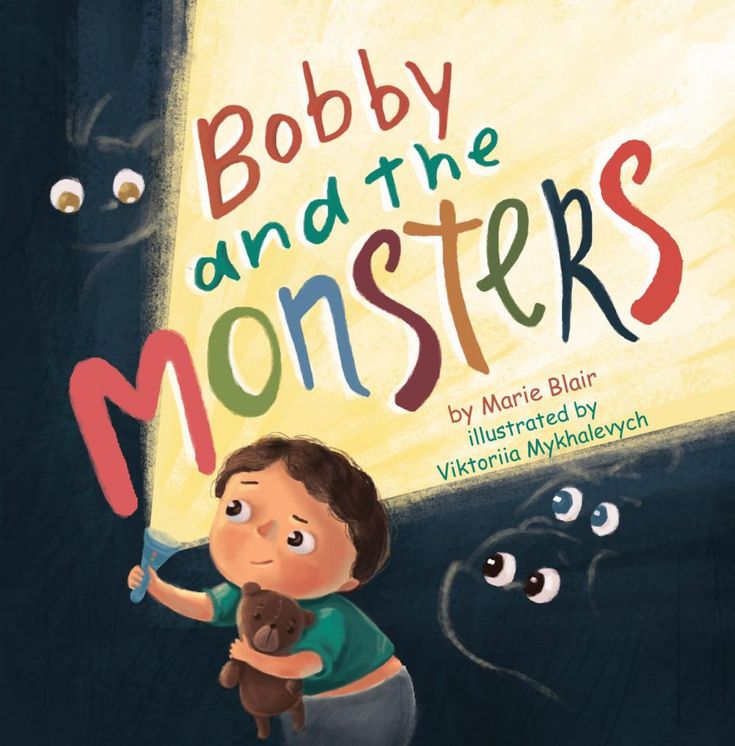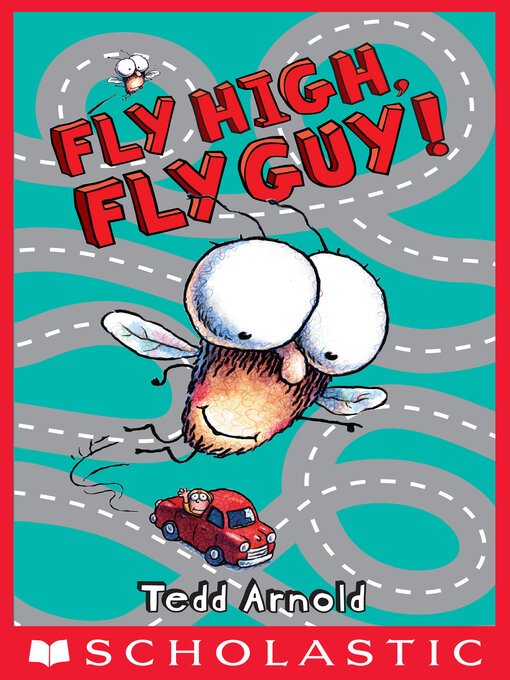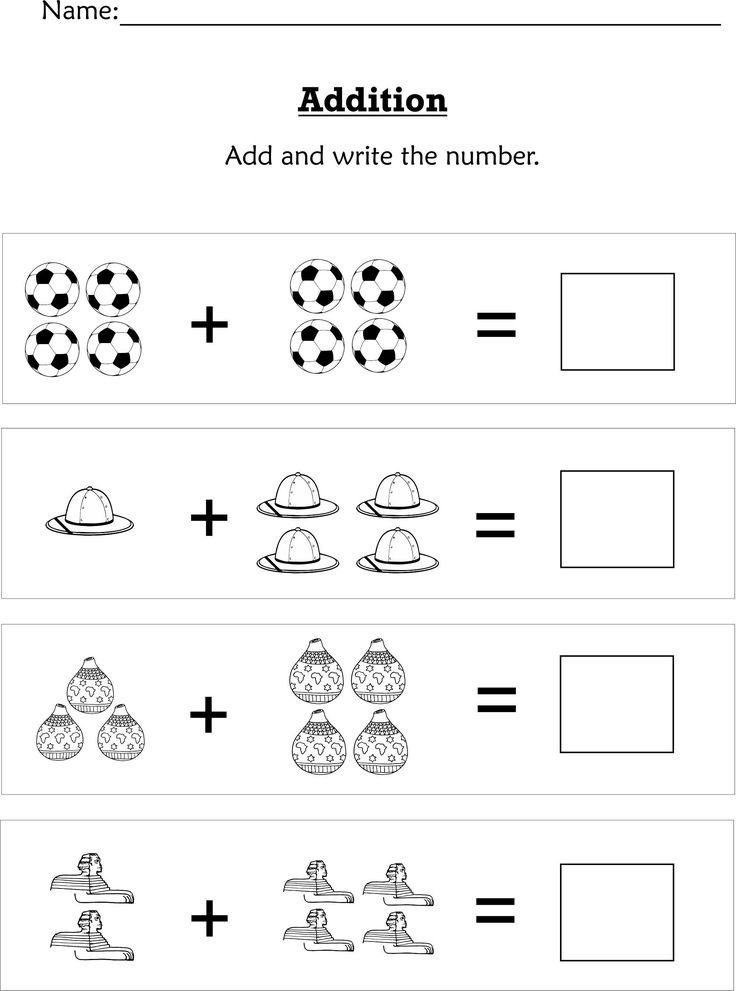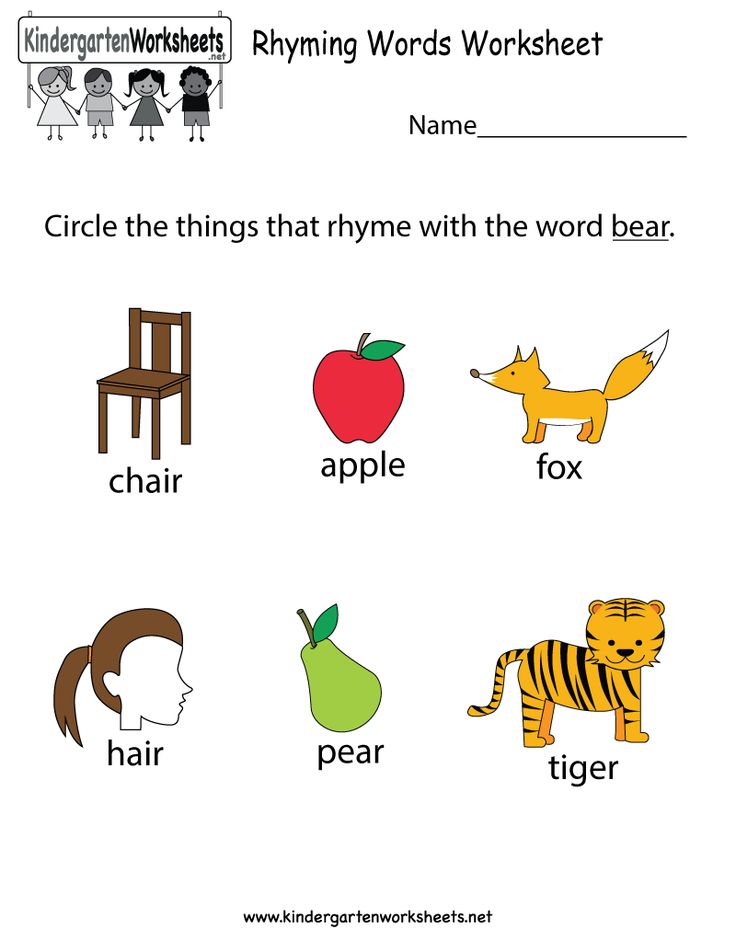Adjective grade 2
Adjectives | 2nd Grade Grammar
Nouns are words for people, places, or things.
Adjectives are words that describe nouns.
Uses for Adjectives
Adjectives can answer many questions.
1. What kind?I bought pink shoes for dance class.
Pink is an adjective that describes shoes.
2. How many or how much?
I had four rubber ducks in the bathtub.
Four is an adjective.
3. Which one?
Grab the last duck, not the first one.
Last and first are adjectives.
Adjective Order
Usually, adjectives come before the word that they describe.
I put on red shoes.
But sometimes they come after too.
The shoes are red.
Practice Identifying Adjectives
What is the adjective in the sentence?
I ate the sour candy.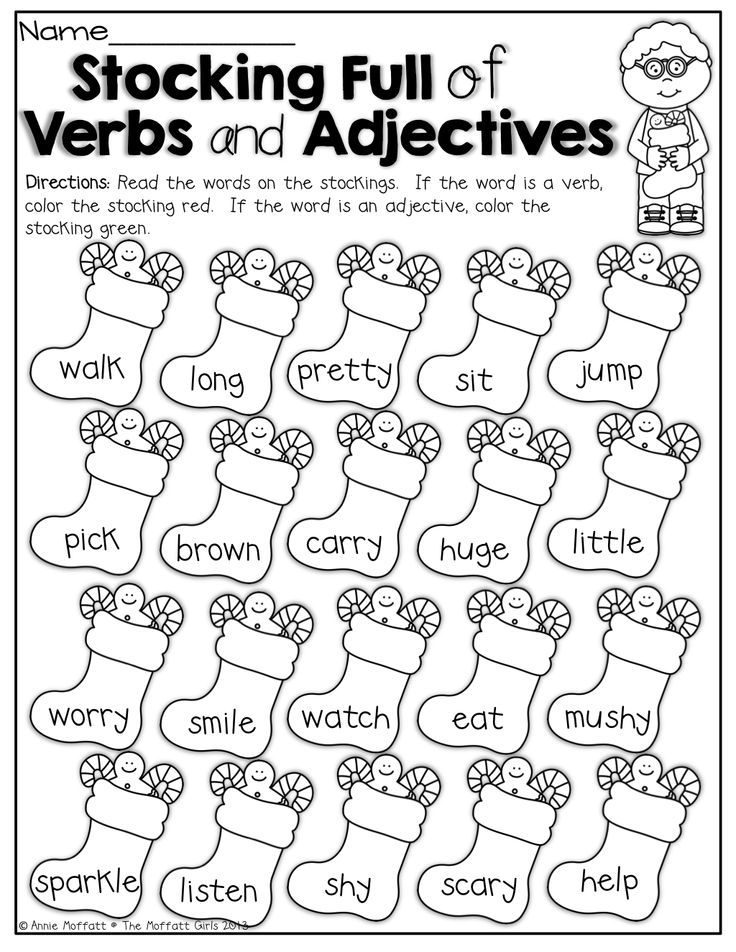
Great! Sour is the adjective. The noun is candy.
Let’s try another one. 💪
What are the adjectives in this sentence?
I only wanted pink and yellow balloons for my party.
That’s right! The adjectives are pink and yellow.
You can have more than one adjective in a sentence.
Let’s try one more! 👍
What is the adjective in the sentence?
I had five dollars to buy lunch.
Yes! Five is the adjective that describes how many dollars you had. 🍔
🍔
Great job learning about adjectives.
Now, ace the practice! 😺 You'll remember for longer.
Free Using Adjectives Worksheets
Common Core State Standards: 2.L.1.e Use adjectives and adverbs, and choose between them depending on what is to be modified.
Adjectives Primer
Common Core State Standards: 2.L.1.e
Coventions of Standard English
Demonstrate command and conventions of standard English grammar and usage when writing or speaking.
e. Use adjectives and adverbs, and choose between them depending on what is to be modified.
Introduction worksheet to adjectives using the five senses.
Adjectives Worksheet
Common Core State Standards: 2.L.1.e
Coventions of Standard English
Demonstrate command and conventions of standard English grammar and usage when writing or speaking.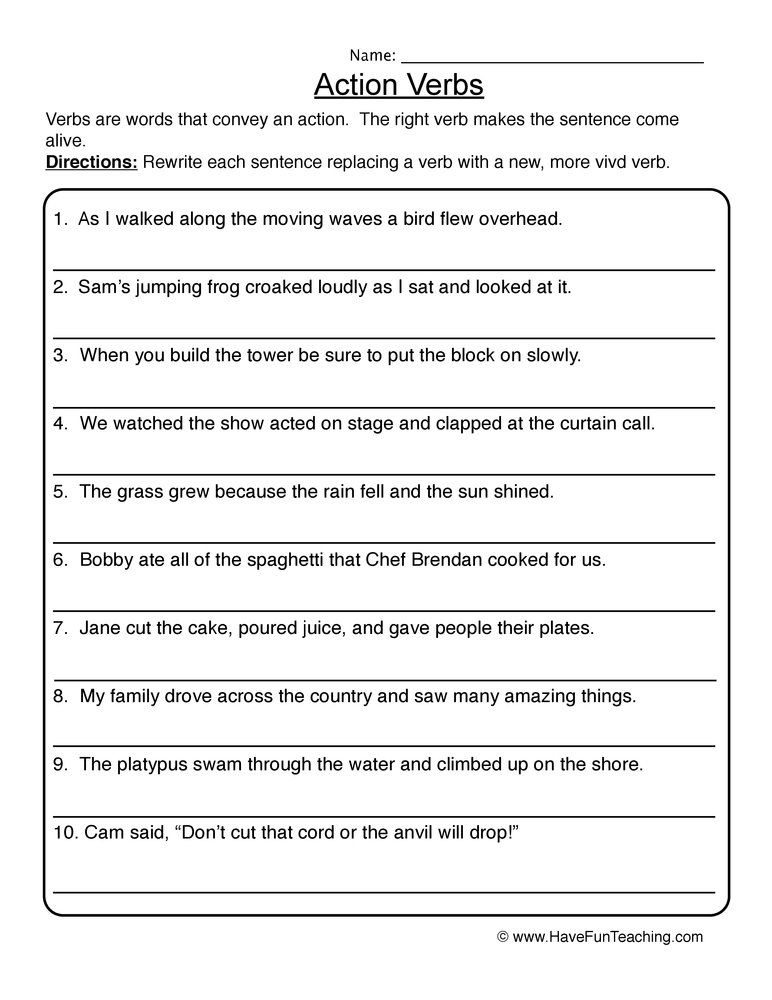
e. Use adjectives and adverbs, and choose between them depending on what is to be modified.
Students choose the adjective that best describes the noun.
Adjectives Worksheet
Common Core State Standards: 2.L.1.e
Coventions of Standard English
Demonstrate command and conventions of standard English grammar and usage when writing or speaking.
e. Use adjectives and adverbs, and choose between them depending on what is to be modified.
Students circle the adjective that is describing the noun.
Adjectives Worksheet
Common Core State Standards: 2.L.1.e
Coventions of Standard English
Demonstrate command and conventions of standard English grammar and usage when writing or speaking.
e. Use adjectives and adverbs, and choose between them depending on what is to be modified.
Students circle the adjective that is describing the noun.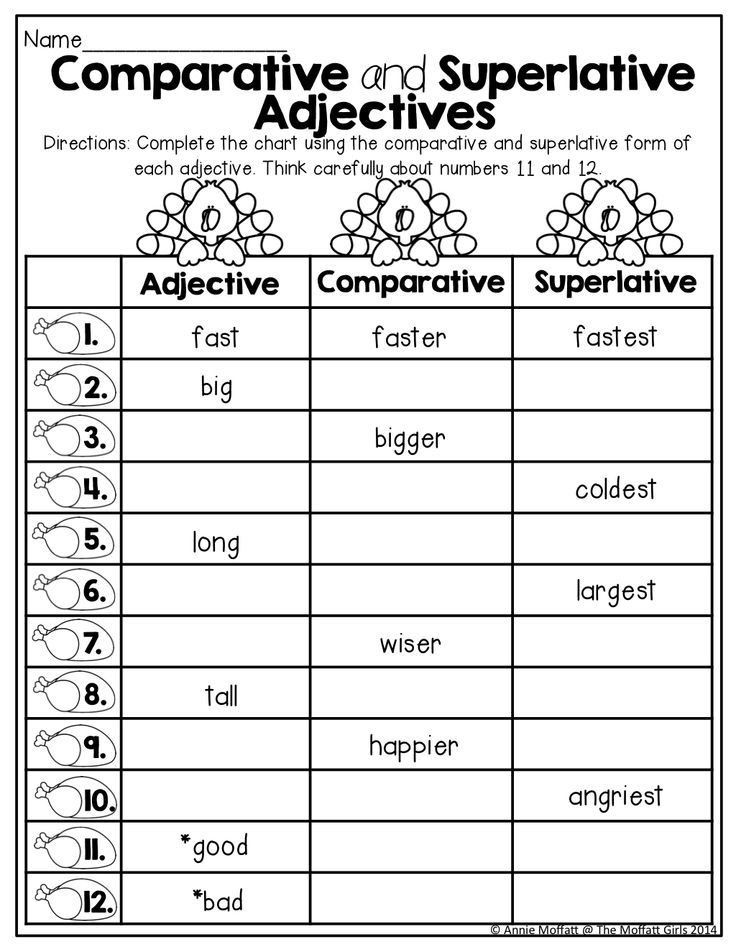
Adjectives Worksheet
Common Core State Standards: 2.L.1.e
Coventions of Standard English
Demonstrate command and conventions of standard English grammar and usage when writing or speaking.
e. Use adjectives and adverbs, and choose between them depending on what is to be modified.
Students write an adjective to describe the noun.
Adjectives Worksheet
Common Core State Standards: 2.L.1.e
Coventions of Standard English
Demonstrate command and conventions of standard English grammar and usage when writing or speaking.
e. Use adjectives and adverbs, and choose between them depending on what is to be modified.
Students underline a noun and circle the adjective that is describing it.
Adjectives Worksheet
Common Core State Standards: 2. L.1.e
L.1.e
Coventions of Standard English
Demonstrate command and conventions of standard English grammar and usage when writing or speaking.
e. Use adjectives and adverbs, and choose between them depending on what is to be modified.
Students underline a noun and circle the adjective that is describing it.
Adjectives Worksheet
Common Core State Standards: 2.L.1.e
Coventions of Standard English
Demonstrate command and conventions of standard English grammar and usage when writing or speaking.
e. Use adjectives and adverbs, and choose between them depending on what is to be modified.
Students come up with an adjective to describe the underlined noun and rewrite the sentence.
Adjectives "a or an" Worksheet
Common Core State Standards: 2.L.1.e
Coventions of Standard English
Demonstrate command and conventions of standard English grammar and usage when writing or speaking.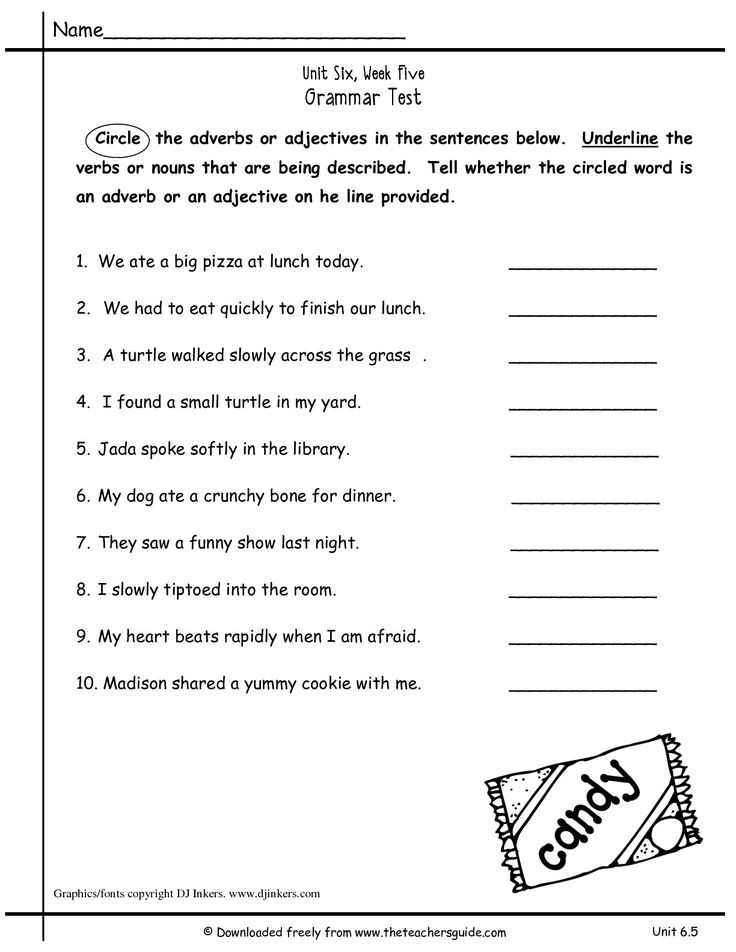
e. Use adjectives and adverbs, and choose between them depending on what is to be modified.
Students choose either the article "a" or "an" for the underlined noun.
Adjectives "a or an" Worksheet
Common Core State Standards: 2.L.1.e
Coventions of Standard English
Demonstrate command and conventions of standard English grammar and usage when writing or speaking.
e. Use adjectives and adverbs, and choose between them depending on what is to be modified.
Students choose "er" or "est"
Dictation on the topic "Adjective name" Grade 2
Category "Russian language"
Dictations in the Russian Language with grammar tasks for grade 2 - topic "Adjective name"
Purpose: to summarize students' knowledge about the adjective; check the assimilation of spelling skills based on the topics studied..
Category "Dictations"
Dictation "December"
December - the beginning of a long cold winter.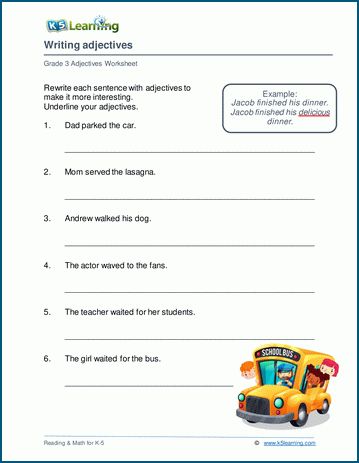 The days got shorter. On a frosty day, the sky brightens from the sun. The rivers are bound by strong ice armor. A hedgehog sleeps in a hole in a pile of foliage. A bear is sucking its paw in the den. Crossbills fly over the fir trees. They eat fir cones. Word size: 40
The days got shorter. On a frosty day, the sky brightens from the sun. The rivers are bound by strong ice armor. A hedgehog sleeps in a hole in a pile of foliage. A bear is sucking its paw in the den. Crossbills fly over the fir trees. They eat fir cones. Word size: 40
Adjective / Dictations Grade 2 4 quarter
Reference
- 22 589
Category "Dictations"
Dictation "Ship"
Warm April has come. It was a clear day. Frequent drops fall from the roofs. Buds puffed out on the maple. Mother-and-stepmother blossomed on the mounds. Fluffy drifts of snow have disappeared. A merry stream runs merrily. Nikita has a boat in her hands. He dropped him into the water. The boat speeds fast Words: 40
Adjective / Dictations Grade 2 4 quarter
Reference
- 40 171
Category "Dictations"
Dictation "Spring Mushrooms"
The snow has melted in the forest. The first spring mushrooms have appeared. These are lines and morels. They have strong white legs. Mushroom caps are not smooth, but wrinkled, in folds. Early mushrooms smell of frosty winter freshness. Number of words: 32
The first spring mushrooms have appeared. These are lines and morels. They have strong white legs. Mushroom caps are not smooth, but wrinkled, in folds. Early mushrooms smell of frosty winter freshness. Number of words: 32
Adjective / Dictations Grade 2 4 quarter
Reference
- 27 275
Category "Dictations"
Dictation "Autumn in our yard"
A cold autumn has peeped into our yard. The sad herbs have fallen. Bright sparks of flowers burned out in the flowerbeds. At the birch in braids, yellow strands are increasingly flashing. Very soon, its light leaves will fly around. The frosty breath of winter will silver the birch branches with fluffy hoarfrost. Number of words: 38
Adjective / Dictations Grade 2 4 quarter
Reference
- 13 671
Category "Dictations"
Dictation "Spring has come"
Spring has come.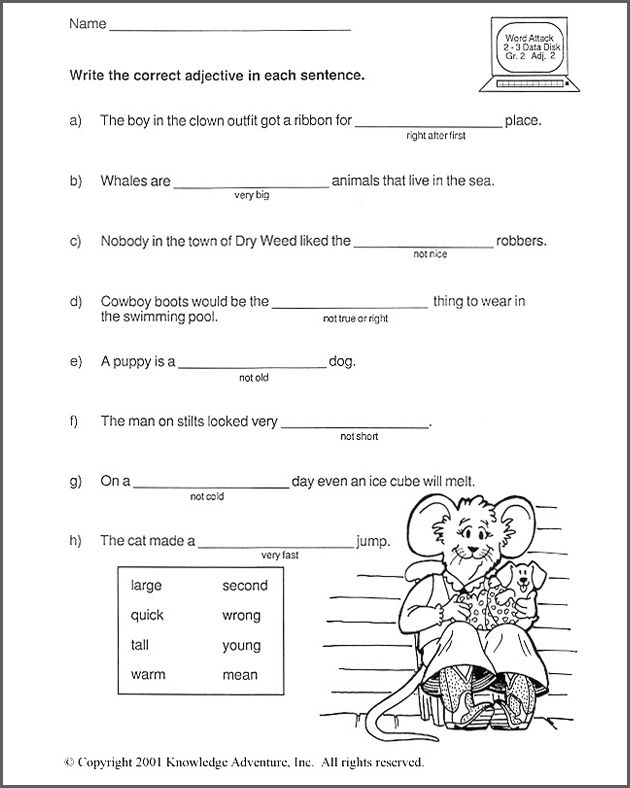 The sun sends light and warmth to the earth. Drop sounds loudly. Merry streams murmur. The grass is already green. Cows and goats graze in the meadow. Fedya and Boris go to the grove. The grove rustles with green foliage. The boys saw lilies of the valley. How good white lilies of the valley smell! Number of words: 43
The sun sends light and warmth to the earth. Drop sounds loudly. Merry streams murmur. The grass is already green. Cows and goats graze in the meadow. Fedya and Boris go to the grove. The grove rustles with green foliage. The boys saw lilies of the valley. How good white lilies of the valley smell! Number of words: 43
Adjective / Dictations Grade 2 4 quarter
Reference
- 61 094
Category "Dictations"
Dictation "In the mountains"
Have you been to the mountains? High peaks are covered with ice caps. A little lower among the large stones are islands of snow. Nearby lies a carpet of colorful flowers and green grass. From the peaks, a mountain river rushes with noise. Streams of cold water jump over the stones. An amazing sight! Number of words: 41
Adjective / Dictations Grade 2 4 quarter
Reference
- 24 297
Category "Dictations"
Dictation "Pond"
Workers made a dam in the bed of a shallow river.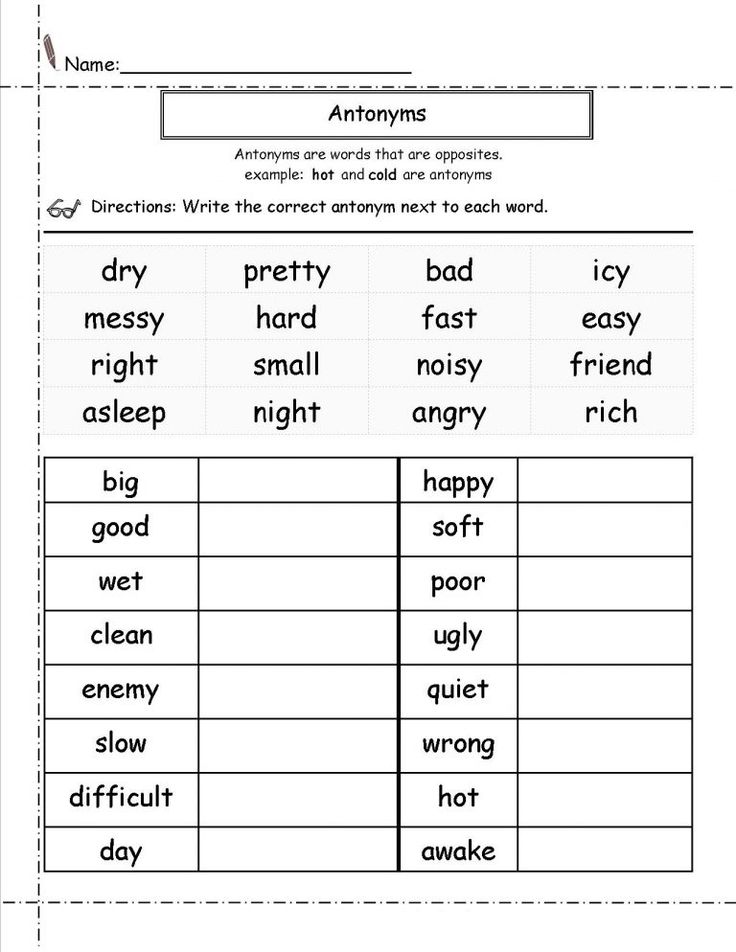 A new pond splashed in place of the former river flow. In clear, calm weather, we take an inflatable boat and swim out to the open space of the reservoir. Young pine trees grow along one side of the pond. Along the other is a sandy beach. The pond is a favorite vacation spot for locals. Number of words: 46
A new pond splashed in place of the former river flow. In clear, calm weather, we take an inflatable boat and swim out to the open space of the reservoir. Young pine trees grow along one side of the pond. Along the other is a sandy beach. The pond is a favorite vacation spot for locals. Number of words: 46
Adjective / Dictations Grade 2 4 quarter
Reference
- 17 095
Category "Dictations"
Dictation "Lark"
At the end of March wide thawed patches appeared on the fields. A motley bird with a small tuft on its head was sitting on a warm patch of last year's grass. Suddenly she shot up into the sky like an arrow. Over the fields and the distant forest, the spring song of the lark rang merrily. Number of words: 38
Adjective / Dictations Grade 2 4 quarter
Reference
- 16 178
Adjective Grade 2 | Lesson plan in the Russian language (Grade 2):
GAPOU CO "Saratov Regional Pedagogical College"
Summary of the lesson in the Russian language on the topic:
"Adjective"
was performed by a student of groups 24:
Churkina Ekaterina Mikhailovna
MBOU "Pigittery No.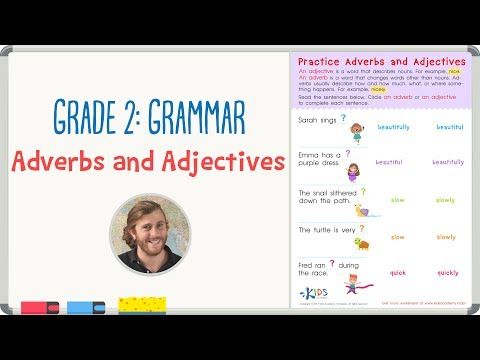 237" Seedmakes "
237" Seedmakes "
Class: 2 "A"
Teacher: Frolova S.S.________________
Methodist: Serkova N.A._______________
0004
Saratov 2020
Subject: Adjective.
Lesson type: Lesson of discovery of new knowledge.
Purpose: to create conditions for the formation of an idea of the adjective as a part of speech, to show the role of adjectives in speech, to pay attention to the connection between adjectives and nouns.
Educational:
- give an idea of the adjective as a part of speech; show the role of adjectives in speech; enrich the vocabulary with adjectives of different thematic groups.
Developing: enrich students' speech, develop memory, thinking.
Educational: promote interest in the subject.
Equipment: Textbook for Grade 2. Klimanova L.F., Makeeva S.G., Russian language, Part 2 (UMK Perspektiva), presentation.
1. Motivational stage
Hello guys! My name is Ekaterina Mikhailovna, today I will give a Russian lesson.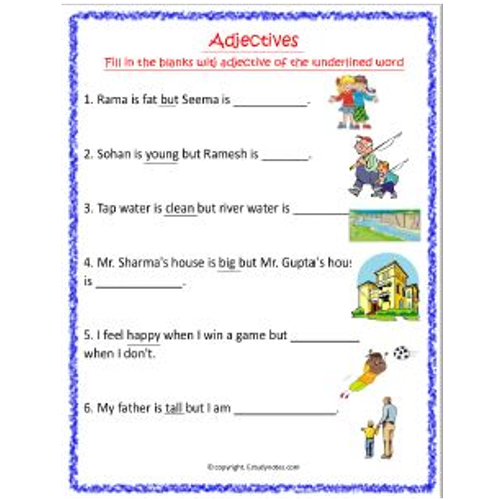
Our lesson I would like to start with a poem, listen:
I will open a notebook
And put it where it should be.
I, friends, will not hide from you:
I hold the pen correctly.
I'll sit up straight, I won't bend,
I'll get to work.
Check your posture, keep your back straight. Open your notebooks, step back two lines from the previous entries, write down today's date: March 18, class work.
Look at the blackboard and write this letter in your notebook, like mine. (I)
Let's look at the slide, find the words in the line and write them in correct calligraphy0004
What words did you write down? Berry, wind, shovel, soon)
-How are these words similar? (there is an unchecked vowel in the root) Underline the unchecked vowel in the root.
2. Statement of the educational problem and its solution
Carefully read the words that you see on the slide (white, armchair, timid, hare, wooden, streets, wide, paint), divide them into two groups. (1-paint, hare, armchair, streets; 2- white, timid, wooden, wide) Prove your choice.
(1-paint, hare, armchair, streets; 2- white, timid, wooden, wide) Prove your choice.
-What questions do the words of the first group answer? (Who? what?)
-What do they mean? (Subject)
-What are these words called? (Nouns) Give a definition (a noun is a part of speech that denotes an object and answers the questions Who? What?)
-What do the words of the second group mean? What does the word "white" mean? (color) timid? (internal quality) wooden? (material) wide? (size)
In a word, do these words denote signs? How do you understand what signs are? (properties of objects, their distinctive qualities)
-Determine the topic and purpose of our today's lesson. (Let's get acquainted with the words that indicate the attribute of the subject. Find out what they are called, what questions they answer.)
-Read the topic of the lesson. Who guessed what the words denoting the attribute of an object are called? (Adjective name)
3. Solving private problems
Open the textbooks on page 99, find exercise No.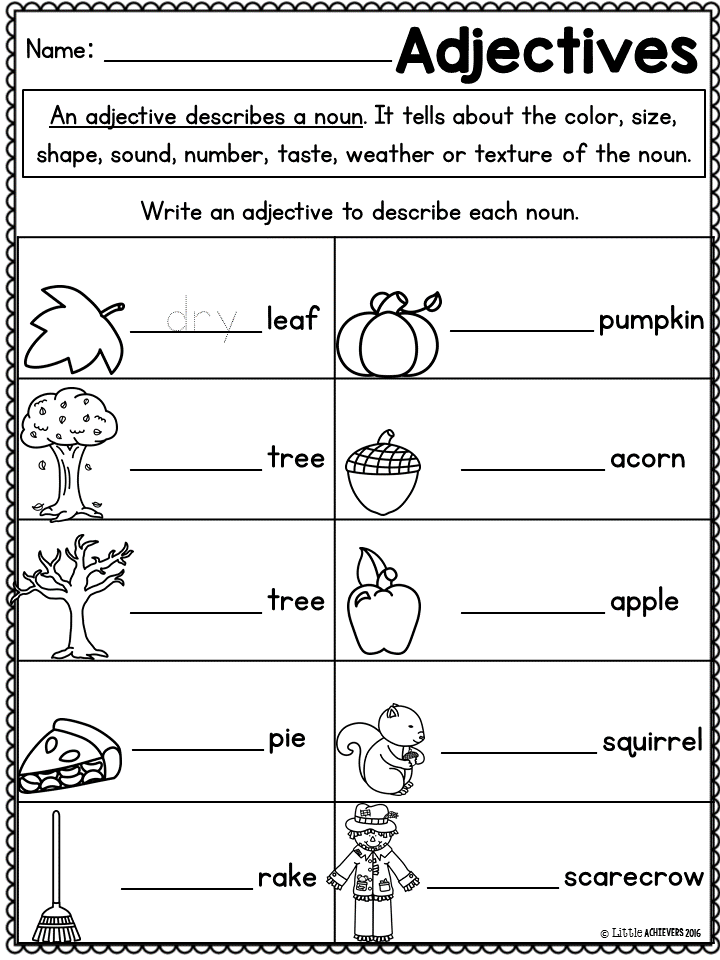 137. Read an excerpt from a fairy tale (one of the students reads aloud)
137. Read an excerpt from a fairy tale (one of the students reads aloud)
- The beginning of which fairy tale did you read? ("Zayushkina hut")
-What kind of hut did the fox have? (ice, light)
- What kind of hut does the hare have? (bast, dark)
- How do you understand the meaning of the word "bast"? (made from bast, wood, wood with bark)
-What is the answer to the words icy, light, bast, dark? (What?)
What do these words mean? (sign of an object)
Let's now try to formulate a rule ourselves (children formulate a rule: a part of speech that indicates a sign of an object and answers the questions which? which? which? what?)
Let's compare our rule with the rule in the textbook. Let's read Professor Samovarov's explanation. (students read) (p. 99)
-What does the adjective mean? (subject attribute)
-What questions does the adjective answer? (what? what? what? what?)
Give examples of adjectives. (red, long, beautiful, green, funny)
Find exercise number 138. Read the task. Think back to the task you did at the beginning of the lesson. What signs of an object can the adjective name indicate? (on color, size, quality of character, material)
Read the task. Think back to the task you did at the beginning of the lesson. What signs of an object can the adjective name indicate? (on color, size, quality of character, material)
Read, what signs will we determine in objects? (taste, shape, color)
What does an apple taste like? (sweet, sour, tasteless, sweet and sour…)
What is the shape of an apple? (round, oval, flattened, pear-shaped…)
By color? (green, red, yellow, rose-red, ruddy, mottled…)
What is the taste of a plum? (sweet, sour, sweet and sour)
What is the shape of a plum? color? (blue, purple)
What does lemon taste like? (sour, sweet and sour, tasteless…)
What is the shape of lemon? (oval, round, oblate…)
Color? (yellow, green, green-yellow)
What Do you like nuts? (sweet, salty, bitter, tasteless…)
What are the shapes of nuts? (round, elongated, oval…)
By color? (brown, light brown, dark brown…)
Physical Minute
“What? Which? And what kind? ”, -
We repeat together in unison.
We know these questions.
And we answer them:
“Which one?” - our cool lesson,
"What?" - blackboard,
"What?" - cool mood
Me and you.
We know adjectives,
We repeat in unison:
“We will never forget
These cool words!”
Listen to the poem:
Ripe, red, sweet apple,
Crispy apple with smooth skin.
I will break an apple in half,
I will divide an apple with my friend.
What would you call this poem? ("Apple")
Copy the word from the textbook. Put emphasis. Name the unstressed vowels in the root (the unstressed vowel o in the root). Select it (p. 100)
How to check the unstressed vowel o in the root? (it is impossible to check, it is necessary to remember)
How to remember easier? What association can help? (the letter o looks like an apple)
How many letters are there in this word? (6) How many sounds? (7) Why are there more sounds than letters? (the letter i stands for two sounds: y and a)
Divide the word into syllables (ya-blo-ko), and for hyphenation (yab-lo-ko). Name the single-root words: (apple, apple tree, apple)
Name the single-root words: (apple, apple tree, apple)
And now I will read the poem again, and you must write out adjectives for the word apple.
What words were written out, check yourself according to the standard (ripe, red, sweet, crunchy)
Crispy - what kind of apple? (crunchy) What word is it derived from? (crunch)
What words did you write out, what part of speech do they belong to? (adjective)
Who can repeat the rule again? (The adjective is a part of speech, indicates a sign of an object, answers the questions what? what? what? what? what?)
That's right, well done, guys!
Let's do exercise number 141. Read the task. What do we need to do? (read the text, find out the main idea of the text: How beautiful the meadow is in spring, and its beauty must be protected and titled (“Spring meadow”, “Meadow in spring”)
Let's complete the task under the text:
Complete the phrases using words from the text.
Guys, does anyone know what the phrase is? (A phrase is words that are related in meaning and grammatically or only in meaning):
Meadow (what?) Green.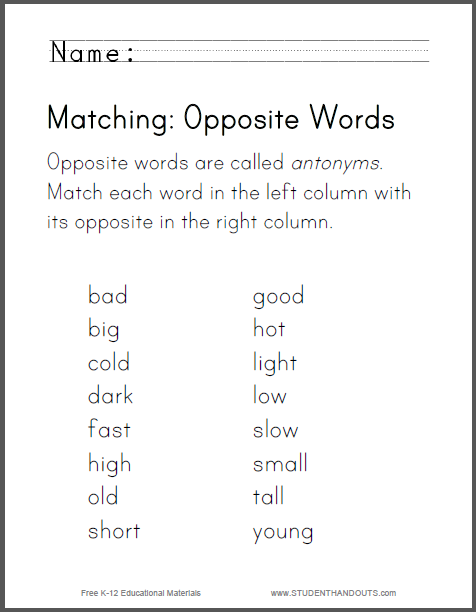
Bells (what?) blue.
Carnations (what?) red.
Daisies (what?) white.
Olya (what?) is small.
What are the parts of speech that make up phrases called? (Nouns and adjectives)
What questions did we ask from nouns to adjectives? (Which? What? What?)
Draw a conclusion: are nouns and adjectives related and how are they related? (An adjective always refers to a noun, because it denotes a sign of an object. From a noun to an adjective, you can ask a question)
What role do adjectives play in our speech? (Adjectives help to describe the subject, make our speech more beautiful, precise, vivid and expressive)
4. Lesson summary
What was the purpose of our lesson today? (to get acquainted with the words that indicate the attribute of an object. Find out what they are called, what questions they answer, and also learn about the connection between adjectives and nouns)
Have we reached it? (Yes)
What does the adjective mean? (subject attribute)
What questions does it answer? (What? What? What? What?)
Who will formulate the rule in full? (The adjective is a part of speech, denotes a sign of an object, answers the questions what? what? what? what?)
How are adjectives and nouns related? (An adjective always refers to a noun, because it denotes a sign of an object.

